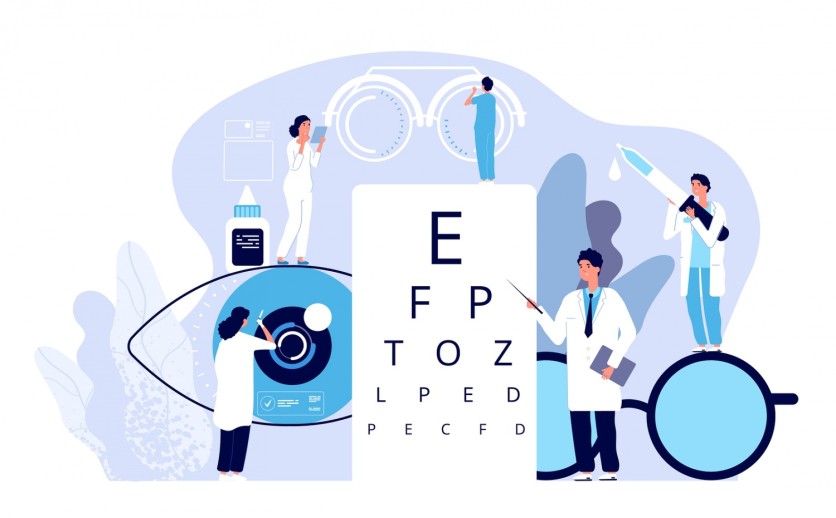
In 2014, a futuristic treatment brought some version of vision to the blind. A device called Argus II transmits signals from cameras mounted on glasses to a tiny grid of electrodes placed on the back of the participants' eyes. It replaces signals from cells lost to retinitis pigmentosa, a genetic disorder. Manufactured by Second Sight, the glasses and implants have helped 350 people to date. Argus II presents crude forms of artificial images. Users can make out spots of light but require the assistance of canes and guide dogs to get around.
Still, it was a beginning. In a world where prescription glasses can be ordered online, readers are available at the drugstore and Lasik can restore perfect vision to appropriate candidates, anything seems possible. As the research progresses, the blind may gain or regain their sight in more tangible ways.
Retinal Implants
Next, researchers came up with a retinal implant that replaces retinal spatial mapping. A real-time video stream displays inside specialized glasses using near-infrared light. An implant converts this into electrical signals, which activate bipolar cells in the retina.
Paris-based Pixium Vision is monitoring five people with macular degeneration. After wearing the implants for about a year, participants could recognize objects placed on a table and make out both printed and on-screen letters. The artificial vision enabled recipients to read book titles, though the printed text is still beyond the technology. Scientists working on the project are trying to shrink the implant's photodiodes. If successful, they could create finer pixels for sharper vision.
Enlisting the Brain Directly
The above therapies can't help those who've lost their sight due to severe optic nerve damage from glaucoma and other conditions. Second Sights hopes to target this group with Orion, which sits on the brain's visual cortex to jockey signals from a glasses-mounted camera. Eventually, the brain will form a scar around implanted wires, making it impossible to reach the target neurons.
Thanks to the brave efforts of blind participants, artificial sight has progressed quickly from the blotchy spots available in 2015. The challenge now becomes finding either an implant that can work despite scar tissue formation or to develop a less-invasive prosthesis that benefits more people.
While these efforts are far from perfect, they offer blind people an opportunity to see. The images are not always clear and there are risks involved for participants, but the technology is promising and progressing quickly.
ⓒ 2026 TECHTIMES.com All rights reserved. Do not reproduce without permission.




